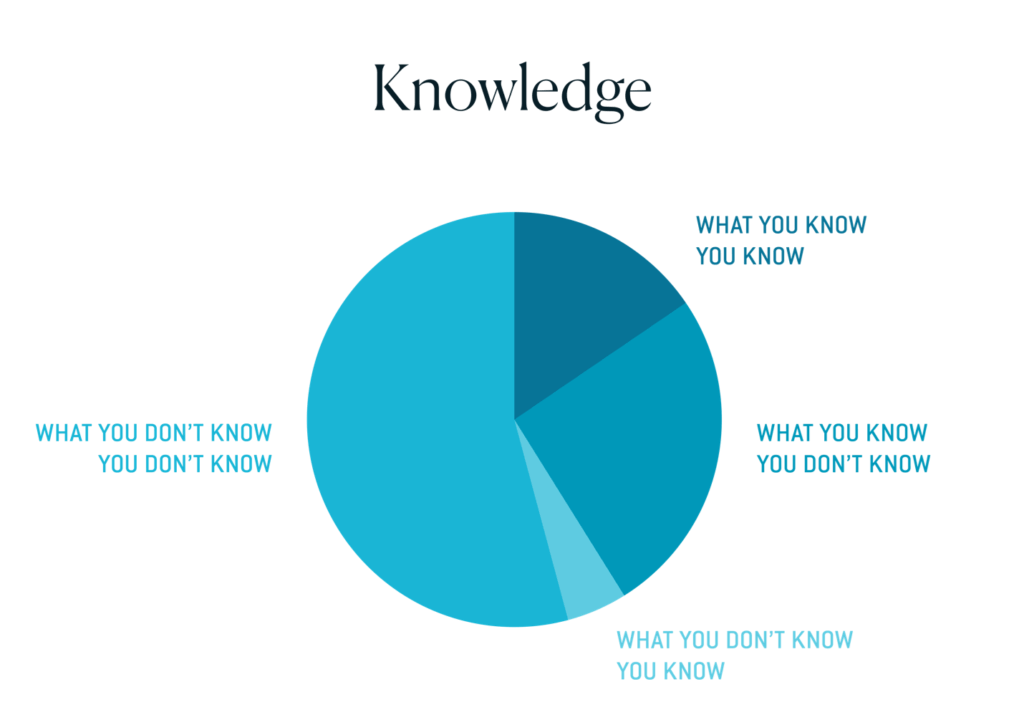Posted on: 2 May 2024

Unlocking Understanding: Strategies for Bridging Communication Gaps
In a utopia, everyone gets along with everyone. People can say what is on their minds, and the people around you understand what you mean 100% of the time, no questions asked. Unfortunately for humanity, this is a pipe dream. The reality looks and sounds more like: ‘Why doesn’t she understand what I mean?’, ‘Why did he react that way? That’s not what I said’, ‘Why isn’t anyone hearing me?’. The truth of the matter is this: it’s your fault. Before everyone clicks away, I don’t mean to say everyone else is blame-free. On the contrary, communication is an art, and a skill that requires time and effort to truly master.
Let’s take the workplace, for example. You have just met a new client. You are excited to start the project, and you’ve just done a kickoff meeting with them to get the ball rolling. The person on the other line is in Marketing, and your expertise lies in UX. Coincidentally, your two fields use similar terminology, so at first, it seems like you are speaking the same language! Quickly though, you realize that there are distinct differences. When you say personas, they hear audiences, when you speak about journeys, they don’t hear the UX variation of the term.
The situation does not sound all that complicated, just explain the differences and you’re off to the races! The issue, however, is that your client has not come to this conversation thinking they were going to be taught something – they were expecting a simple walkthrough of the deliverables, and how they will be executed. While it may not seem like a big deal, how someone walks into a situation is a strong determinant of how the situation plays out.
You have the Power to Influence how People Communicate with you
I have just introduced two reasons why communication can go awry in our lives:
- Expectations going into the conversation, and
- Prior knowledge (and biases) of the subject being discussed, which we can think of as ‘factors’.
Another complicating component is the idea of power dynamics or influence. You could argue that the client in this situation has more influence over how this conversation should go than you, due to the inherent dynamic. Expectations and influence are difficult to uncover in a short conversation. However, factors are more tangible and may be the key to unpacking expectations and steering the conversation to get to a mutually desired outcome.
Factors that Drive Expectations
Let’s take another example: choosing the music at your social event. It is safe to say everyone has at one point turned on their music of choice at an event. The goal is usually to bring people together, and hopefully elevate everyone’s moods. Sounds simple enough, but we all know how difficult this choice can be. Music genre, volume, the people present, their individual moods. The factors that come into play are endless. The simple cause [music] and effect [people’s moods] relationship has become quite complicated. Both scenarios have music as their element, and their desired outcome is happiness, but the approach is wildly different. We can’t use a rock concert to try to calm a newborn down when they are upset, just like we can’t use lullabies to energize a crowd of partygoers. When it comes to interpersonal situations, the cause and effect is even more complex, and so are the factors that influence these two elements along the way.
Many factors play into how someone will react to a presented scenario, at any point in their life. The problem is, we don’t know many of these factors right off the bat. In workplace scenarios especially, we may not know someone’s interpersonal life, what knowledge they bring to the table, how their past has shaped their personality, and sometimes we even have trouble gauging someone’s current mood! All these moving parts can, and should, dictate how you react to someone, but it’s not always easy to be informed.
Take the Time to Become Aware of all the Factors
It is safe to assume that you can’t walk around with one way to handle life’s many situations, just like you can’t play one music genre at every party you attend. Knowing some of the factors described – someone’s prior knowledge, their personality, their mood – can dictate how you steer a situation. The question to ask yourself in order to gain a semblance of understanding of the influencing factors is this: how do I build a bridge of understanding between parties, so we leave the situation feeling like everyone has gained something valuable?
Work from What you Know they Know, not What you Think they Don’t Know
People start conversations with what we know. Intuitively, you do not start a conversation speaking about something you have never thought about, or that you have no knowledge of. The fact is that not everyone shares the same knowledge. The trick is determining what both of you know, while utilizing what you yourself don’t know, to build a bridge to a common understanding.

How to Get to a Desired Outcome
- Use anecdotes or analogies to illustrate a complex concept.
- Use personal examples from a similar situation you have had in the past, and how you achieved success previously.
- Utilize external sources. Share articles that helped you understand a concept and ask them to share content as well! Uncovering how your conversation partner ‘thinks’ can aid how you communicate in the future.
- Take a step back and realize that the way you explained the concept you know so well may not have been so eloquently communicated as you initially thought. Exercise your language skills and try formulating your sentence differently.
- Be aware of your tone. Many times, tone is the last thing on your mind when focusing on getting a point across. Just like body language, tone can impact how receptive your audience is to your message.
- Use visual elements, diagrams, or charts to help visual learners understand more clearly.
- Ensure your language is clear, simple, and in the present tense.
Life is a collection of trial and error. At its simplest, learning is exactly that: a chance for your brain to learn what happens when it chooses one action over another. At some point during this learning process, your brain decides that you have succeeded enough times in a specific situation, and it turns down your sensitivity. You no longer need to work as hard to choose because your brain does the work for you. While in a lot of situations, this automation can be helpful, such as putting on snow boots instead of high heels when it has snowed, other times the choices are not as instinctual. They can be too complex, or they are ever changing and therefore difficult to analyze. These situations are ones where you need to do that extra work to get the outcome that you are looking for.
Comments
Related Articles



